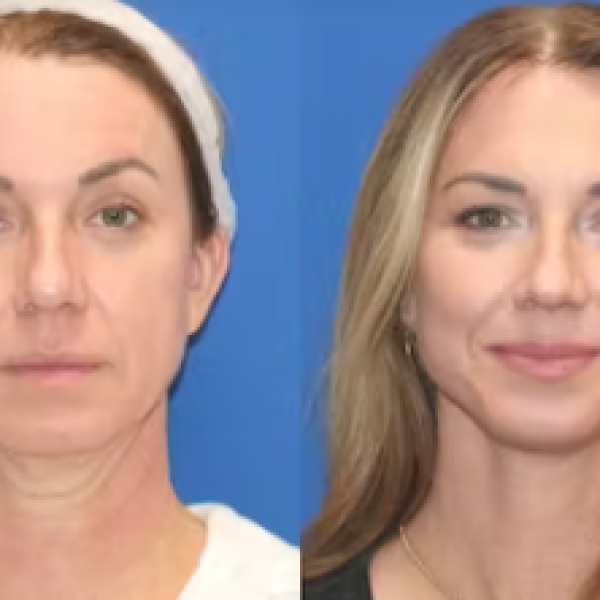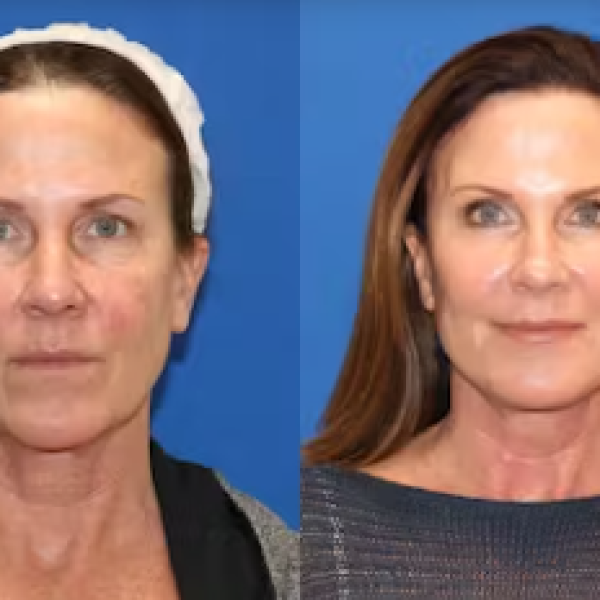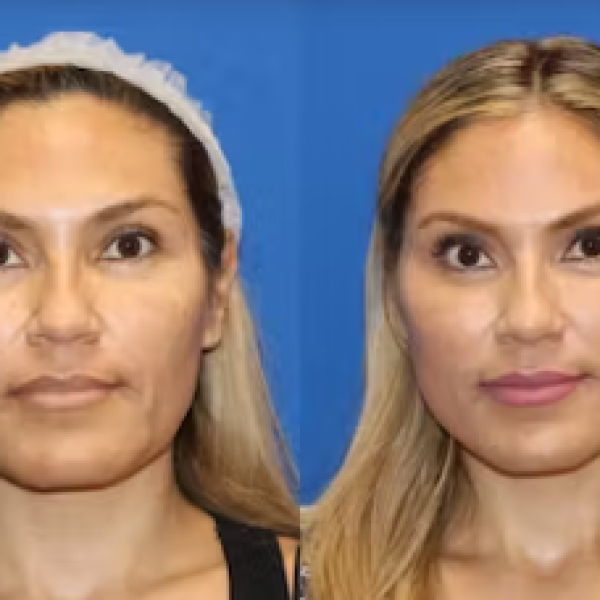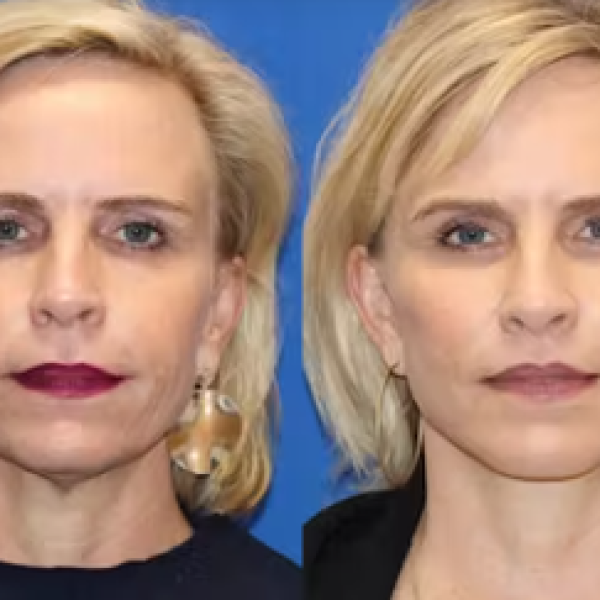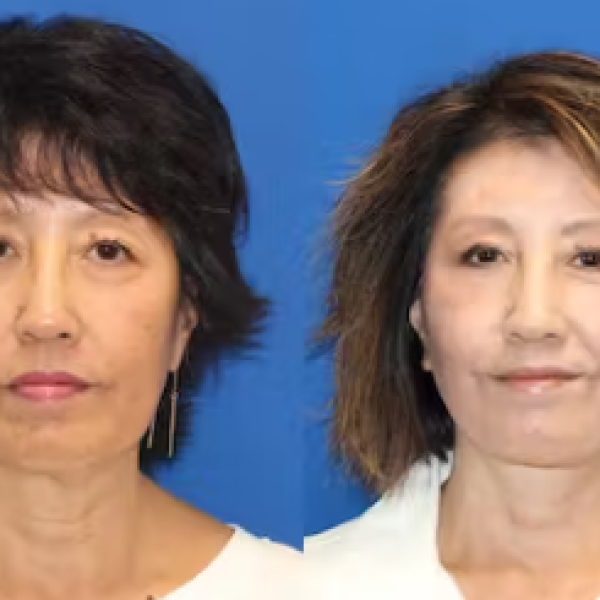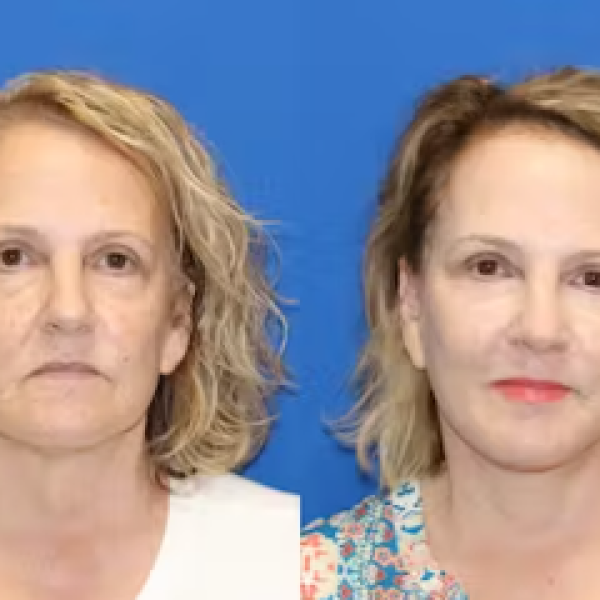(FAQs) about Facial Lipofilling / Fat Transfer
The fat is typically harvested using liposuction techniques. Small incisions are made in a donor area (commonly abdomen, thighs, or buttocks), and a thin tube (cannula) is used to suction out the fat.
Common areas for fat transfer in the face include the cheeks, temples, under the eyes, lips, chin, and jawline. It can also be used to address facial asymmetry.
After harvesting, the fat is processed to purify and concentrate the fat cells. This involves removing excess fluids, damaged cells, and impurities, leaving behind a purified fat graft.
The procedure duration varies, but it generally takes a few hours. It can be performed under local anesthesia with sedation or general anesthesia, depending on the extent of the procedure and patient preference.
There is typically some swelling and bruising after the procedure. Patients may experience mild discomfort, but it can be managed with prescribed pain medication. Recovery time varies, but most people can resume normal activities within a week.
While some of the transferred fat may be reabsorbed by the body, a significant portion usually establishes itself as a permanent part of the facial tissue. Results are generally long-lasting, providing a natural and rejuvenated appearance.
Yes, fat transfer can be combined with other procedures such as facelifts, brow lifts, or eyelid surgery to achieve a more comprehensive facial rejuvenation.
Ideal candidates are generally in good overall health, have realistic expectations, and desire facial rejuvenation or enhancement. A consultation with a qualified plastic surgeon will help determine individual candidacy.

